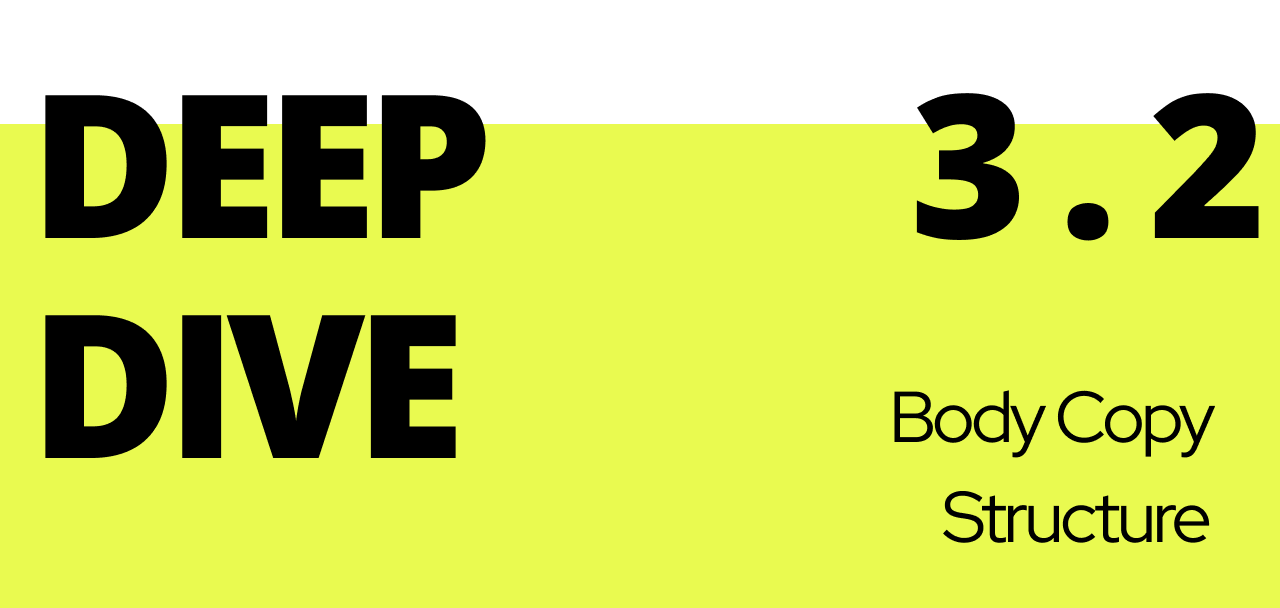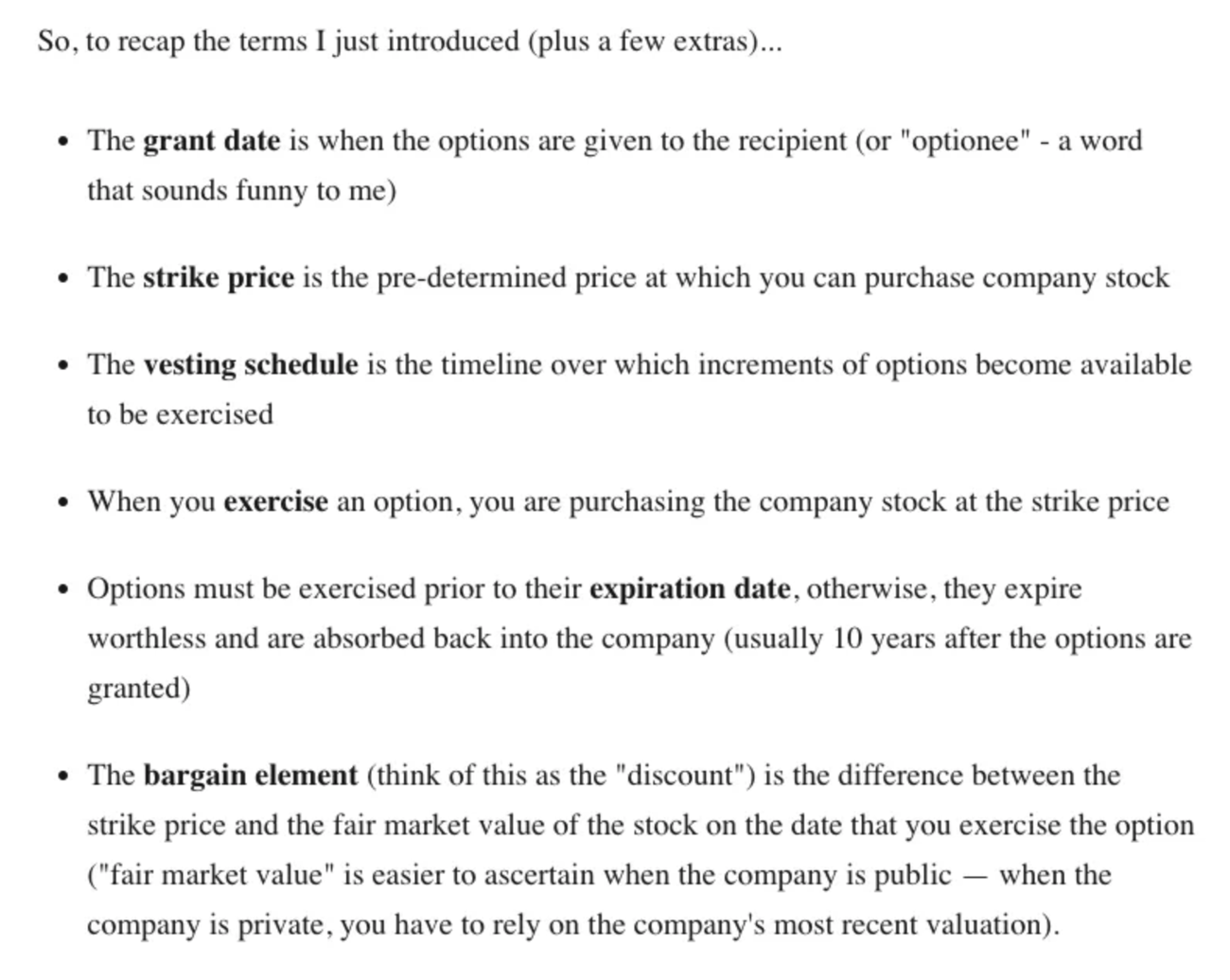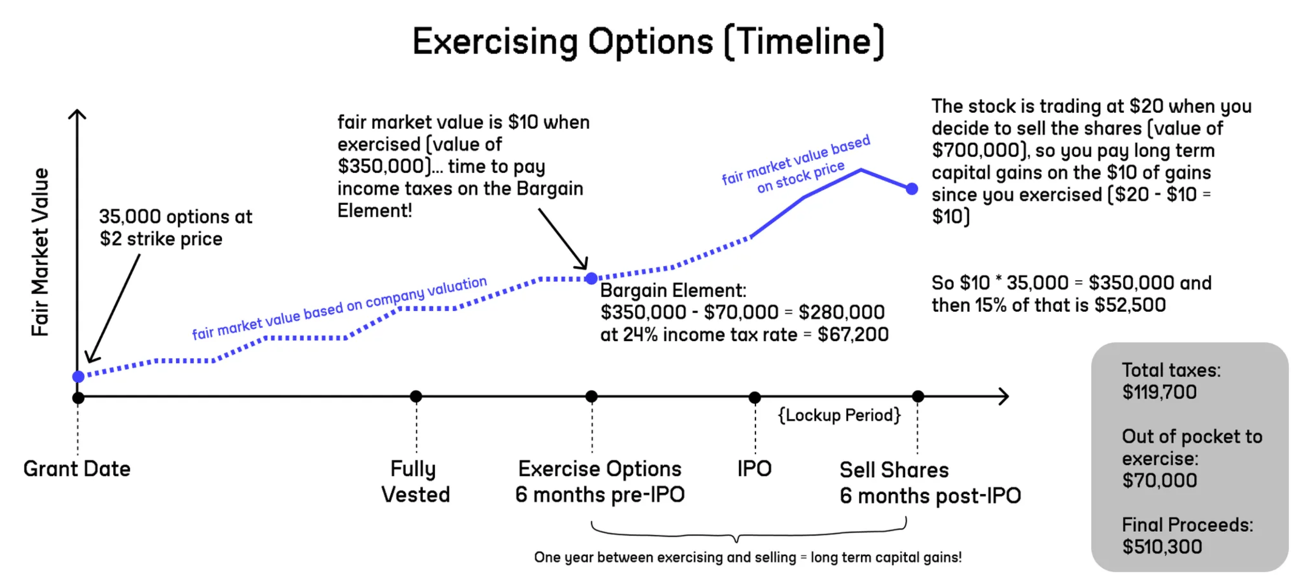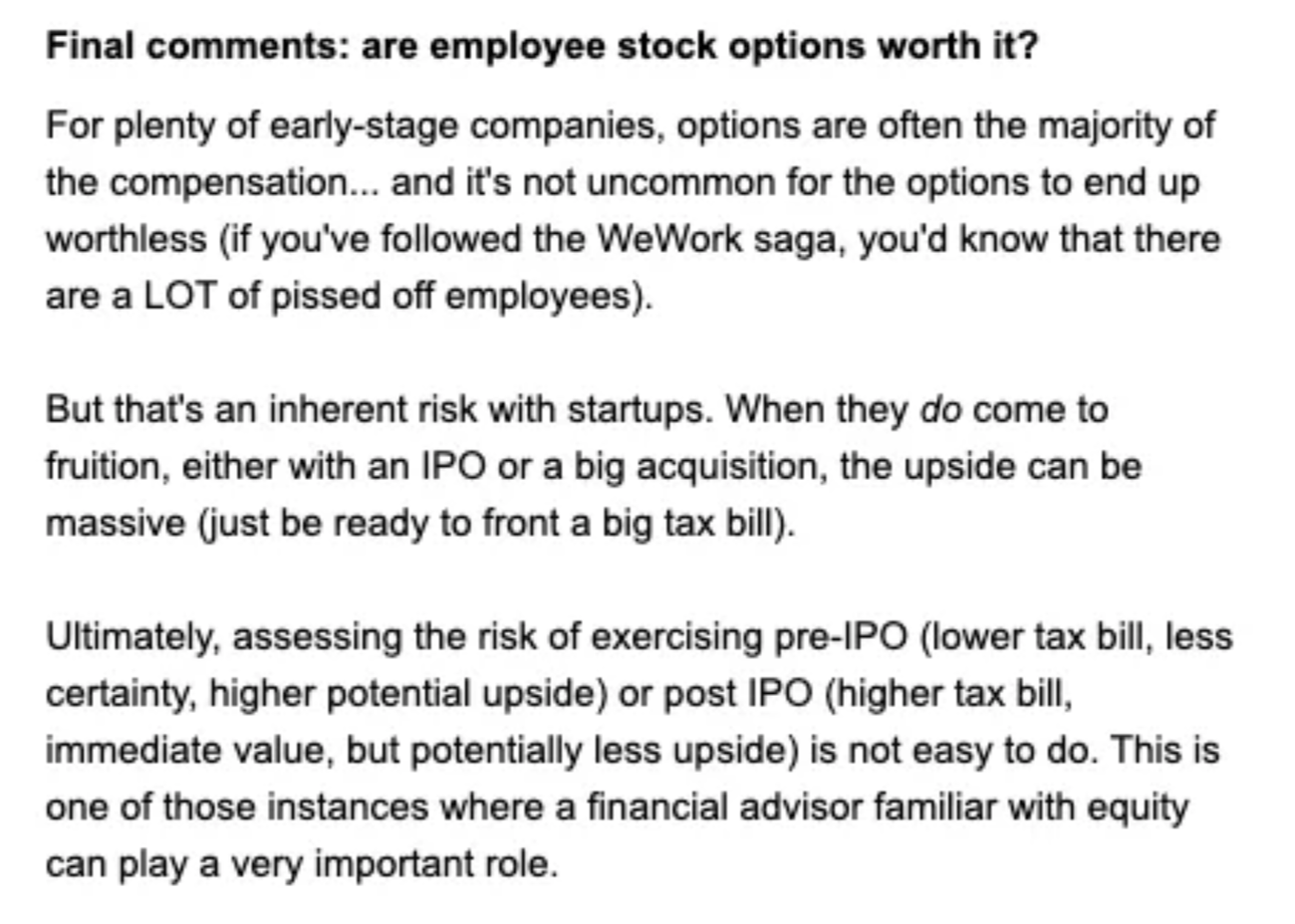|
|
Key Takeaways
- Readability is surprisingly tactical!
- If context is king, examples are queen — don't leave your readers confused about what your concepts look like when applied to real life
- I don't always execute this 8 step process perfectly, but my writing is always better when I keep the framework in mind
|
|
|
Howdy folks,
We're diving straight in, today.
Let's talk about the structure that supports a highly readable 800-word email. Why 800 words?
Because that's about the time it takes to drink a cup of coffee (or, if you're me, walk around my house checking to see if anyone left a curling iron plugged in). Here are the 8 structural components I lean on and a few examples of how you can incorporate them into your own writing.
|
|
|
1. Introduce the idea with a hook
Surprise, delight, intrigue, pique the curiosity... it can be a quote, a short personal story, a reframing of a problem that people didn't know they had... it just has to grab attention.
You have like... maybe 4 sentences to do this.
See this article about employee stock options that leads with an honest (slightly embarrassing) personal story.
|
 |
|
|
2. Set expectations immediately
Once you've grabbed attention, make sure people know what they're getting into.
How long is this gonna take?
What are they gonna learn?
Where are we going after?
Beers? No? Ok.
Our brains crave duration, path, and outcome. In our emails, I always call out the read time and key takeaways right upfront.
|
 |
|
|
3. Define concepts
After you've introduced the big idea and set expectations, it's time to jump into your subtopics.
For the sake of the reader's experience, don't start talking about things you haven't yet defined.
Let’s say you are teaching a finance course and want to jump in, depending on your audience, it would be helpful to outline the definitions. (building from the story/example above)
|
 |
|
|
4. Provide context
Once your audience is ready to learn about something (concepts defined? check) then address their burning question:
WHY is this important?
Why is THIS particular subtopic getting action?
|
 |
|
|
5. Demonstrate relevance
Relevance and context are linked. Context, to me, is about the big picture. Relevance (again, this is my take), is about RIGHT NOW. What happens if the reader doesn't take action? What happens if they stick with the status quo?
|
 |
|
|
6. Give great examples
And use images! Your reader got the big picture, they understand the urgency, now lock it in with something tangible -- preferably examples that align realistically to their lives.
|
 |
(now rinse & repeat steps 3-6 for additional subtopics if necessary)
|
|
|
7. Summarize key takeaways
Give the reader a little recap of what they've learned. This simulates the sensation of learning all over again. Put them in a position where they're thinking to themselves, "oh yeah, I did just learn all that stuff"
|
 |
|
|
8. Foreshadow what's coming
Where are we going next and how does the material they just learned apply to this next step? With email-based courses, you're creating a learning journey and you're the sweaty trail guide. Give them a sense of what's around the next curve.
And that about does it — 8 simple steps
I have a hard time remembering any lists that are longer than 3 things, so I keep these on a little Post-It note by my computer.
|
|
|
Your next steps:
Re-write your email with this set of tactics in mind.
It doesn't have to map perfectly, but knowing what you know now, I expect there will be some major readability improvements.
"But I don't WANT to re-write my email"
Well, if writing and re-writing aren't your jam... you may not be cut out for the email-based course life. Actually, I take that back. Writing might not be your thing right now — that's fine.
But how valuable would it be if it became your thing?
Copywriting is a skill.
It takes practice.
It takes effort and commitment.
You got this.
|
|
|
|
Fast forward to get the next email (after you've rewritten yours) by clicking the link.
You are doing great!
A
|
 |
|
|